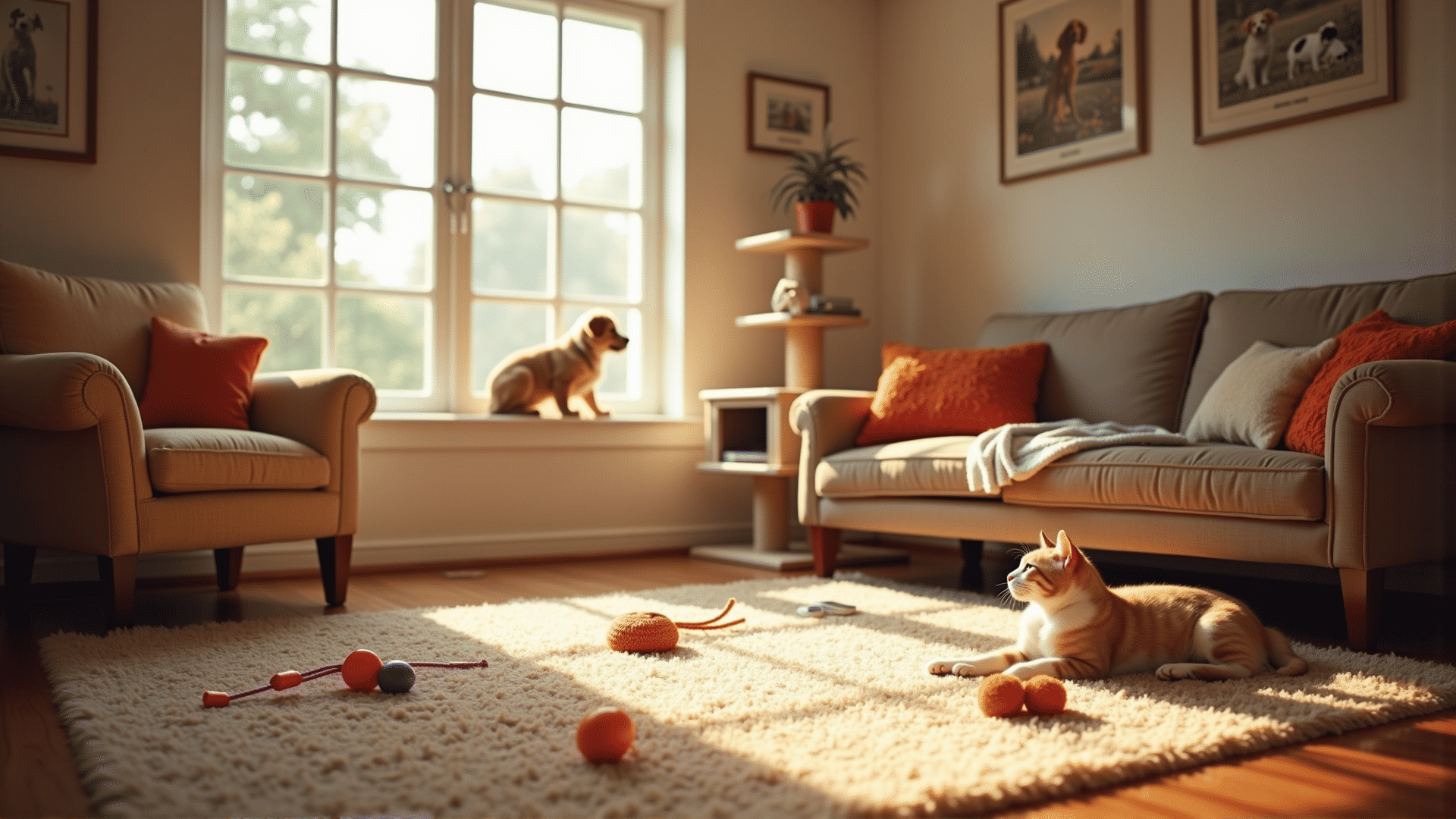Creating an enriching environment for your pets is essential to their overall well-being, ensuring they are mentally stimulated, physically active, and comfortable in their surroundings. A carefully designed habitat can significantly enhance their quality of life and strengthen the bond you share with them. Here’s how you can achieve this for your furry, feathered, or scaled friends.
Understanding Your Pet’s Needs
The first step to creating a stimulating environment is understanding what your pet needs. Different species and breeds have unique physical and emotional requirements. Observe their behavior to determine what activities they enjoy. For instance, a cat might love climbing and scratching, while a dog may need space to run and play. Birds thrive with activities that engage their natural instincts like foraging and flying, and reptiles might require specific temperatures and textures.
Safe Spaces for Exploration
Allow your pets to satisfy their natural curiosity through exploration. Ensure that their space is safe, free from hazards like toxic plants or small objects they might ingest. For indoor environments, secure wires and fragile items to prevent accidents. Providing spaces to hide and perch will make pets feel secure and encourage them to explore more.
Interactive Toys and Challenges
Interactive toys are excellent for keeping pets engaged. Dogs and cats may enjoy puzzle feeders that challenge them to think and manipulate objects to receive a treat. Birds might like toys that involve shredding or problem-solving, while small animals like hamsters and ferrets can be entertained by mazes and tunnels.
Ensure that the toys are made of safe materials and suitable for their size and strength to avoid any choking hazards or injuries. Rotate toys regularly to keep the environment fresh and stimulating.
Physical Exercise Opportunities
Physical activity is crucial for maintaining your pet's health and preventing obesity and boredom. For dogs, regular walks and play sessions are beneficial. Cats might enjoy climbing trees or laser pointers, which cater to their hunting instincts. Small animals could benefit from wheels or multi-level cages that promote climbing and movement.
Consider setting up an obstacle course for added challenge, and make sure to tailor the complexity to your pet’s abilities and needs.
Comfort and Rest Areas
A comfy bed or resting place is vital for pets to relax and recharge. Ensure that these areas are in quiet parts of your home away from busy foot traffic. Cats often enjoy high perches or snuggly enclosed spaces, while dogs might prefer a soft cushion or blanket. Birds should have a nest box or a covered area in their cage for rest.
Regular Interaction and Socialization
Apart from toys and physical environment, regular interaction with you can be highly enriching for pets. Spend time playing, training, or simply cuddling to enforce your bond and provide emotional support. Pets thrive on routine, so consistent engagement is key to their happiness.
Environmental Enrichment for Specific Needs
Specific breeds and species might have unique enrichment requirements. Research what kind of environment best suits them, whether it's a cat who thrives with vertical spaces or a lizard that needs a specific basking temperature. Providing proper lighting, humidity, and substrates are also crucial for many animals’ health and well-being.
Creating an enriching environment for your pets takes time, patience, and a deep understanding of their individual needs. By providing them with a variety of stimuli, along with love and care, you can greatly enhance their quality of life and enjoy a deeper, more rewarding companionship.
